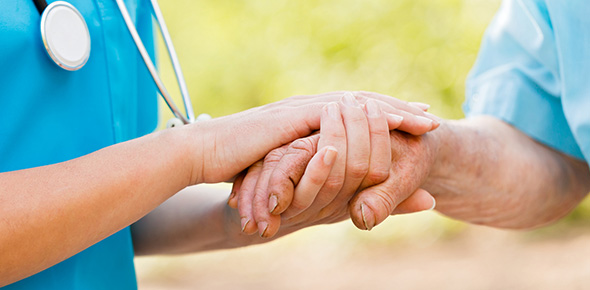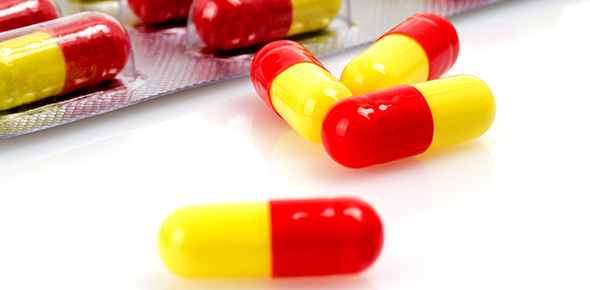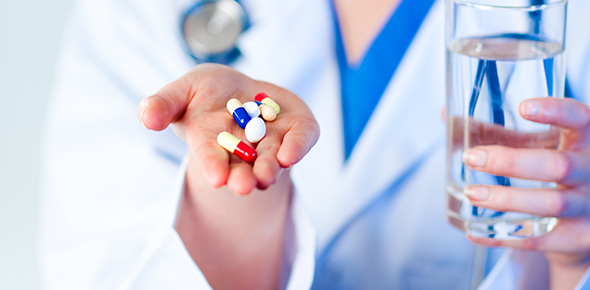Related Flashcards
Related Topics
Cards In This Set
| Front | Back |
|
Cardiovascularsystem
cardi/ovascular |
Consists of the heart, blood vessels, and blood.
Cardi/o - means heart vascul / means blood vessels -ar means pertaining to |
|
Heart
|
Is a hollow, muscular organ located between the lungs. It is a very effective pump that furnishes the power to maintain the blood flow needed throughout the entire body. The pointed lower end of the heart is known as the apex
|
|
Pericardium
peri/cardi/um |
Is the double-walled membranous sac that encloses the heart also called the pericardial sac.
|
|
Walls of the heart
epi/cardi/um my/o/cardi/um endo/cardi/um |
Epicardium - is the external layer of the heart and the inner layer of the pericardium.
myocardium- is the middle and thickest of the hearts three layers and consist of specialized cardiac muscle tissue. This muscle contraction and relaxation creates the pumping movement that maintains the flow of blood throughout the body endocardium- which consist of epithelial tissue, is the inner lining of the heart. epi- means above myo- muscle cardi-heart endo-/ within |
|
Coronary Arteries
|
Which supply oxygen-rich blood to the myocardium
|
|
Chambers of the heart
atria ventricles interventricular |
Atria - are the two upper chambers of the heart. They are the receiving chambers, and all blood vessels comong into the heart enter here.
ventricles are the two lower chambers of the heart. they are the pumpong chamber and all blood vesels leaving the heart emerge from the ventricles. interventricular septum- are the ventricles of the heart which are seperated by the interventricular septum they are the pumping chambers. |
|
Valves the heart
tricuspid valve pulmonary semilunar valve mitral valve aortic semilunar valve |
Tricuspid valve- controls the opening between the right atrium and the right ventricle. Tricuspid means having three cups(points) which describes the shape fo this valve
pulmonary semilunar valve - is located between the right ventricle and the pulmonary artery this valve is shaped like a half moon. mitral valve- known as the bicuspid valve, is located between the left atrium and left ventricle.bicuspid means having two cusps(points) aortic semilunar valve is located between the left ventricle and the aorta / semilunar means half moon shape |
|
Right atrium
right ventricle left atrium left venticle |
Right atrium receives oxygen - poor blood from all tissues except the lungs.
right ventricle-pumps the oxygen poor blood through the pulmonary semilunar valve and into the pulmonary artery which carries it to the lungs. left atrium- receives oxygen-rich blood from the lungs through the four pulmonary veins left ventricle receives oxygen-rich blood from the left atrium blood flows out of the LV through the aortic semilunar valve and into the aorta. |
|
Pulmonary Circulation
pulmonary arteries pulmonary veins |
Is the flow of blood only between the heart and lungs.
pulmonary arteries - carry deoxygenated blood out of the right ventricle and into the lungs. this is the only place in the body where deoxygenated blood is carried by arteries instead of veins. pulmonary veins- carry the oxygenated blood from the lungs into the left artium of the heart. This is the only place in the body where veins carry oxygenated blood. |
|
Systemic circulation
|
Includes the flow of blood to all parts of the body except the lungs.
|
|
Heart beat
|
To pump blood effectively throughout the body the contraction and relaxation of the heart must occur in exactly the correct sequence.
the rate and regulartiy of the heart beat is dtermined by electrical impulses |
|
Sinoatrial node
|
Which is often referred to as the SA node , it establishes the basic rhythm and rate of the heartbeat for this reason it is known as the natural pacemaker of the heart.
|
|
Atrioventricular node
|
The impluses from SA node also travel to the atrioventricular node which is also known as the AV node. it tansmits the electrical impulses onward to the bundle of His.
|
|
Bundle of His
Purkinje fibers |
Is a group of fibers located within the interventrucular septum. These fibers carry an electrical impulse to ensure the sequence of the heart contractions
These fibers relay the electrical impulses to the cells of the ventricles and it is this stimulation that causes the ventricles to contract. This contraction of the ventricles forces blood out of the heart and into the aorta and pulmonary arteries. |
|
Arteries
|
Are large blood vessels that carry blood away from the heart to all regions of the body.
|







